Percolators are one of the oldest and most traditional coffee brewing methods, known for producing bold, robust coffee with a distinctive flavor. Unlike drip machines, percolators repeatedly cycle boiling water through coffee grounds using gravity and pressure, extracting a strong, full-bodied cup.
They come in stovetop and electric versions, they’re simple and durable, popular for camping, kitchens without electricity, or anyone who enjoys a classic coffee experience.
This guide will help you navigate key features such as capacity, material, heat source compatibility, and ease of cleanup, so you can find the right percolator that suits your taste and lifestyle.
How to Buy a Percolator: Key Features to Consider
Type: Stovetop vs. Electric
Percolators come in two main types: stovetop and electric, each with distinct advantages depending on your brewing preferences and lifestyle.
Stovetop percolators are simple, durable devices that work on any heat source—gas, electric, or even campfires. They’re popular for camping and outdoor use due to their portability and rugged construction. Stovetop models offer hands-on control over brewing time by adjusting heat but require monitoring to avoid over-extraction or boiling dry.
Electric percolators have built-in heating elements and often include automatic shut-off features for convenience and safety. They plug into standard outlets and usually have larger capacities, making them well-suited for home or office use. Electric models simplify the brewing process with preset cycles, allowing you to walk away while coffee percolates.
Choosing between stovetop and electric depends on where and how you plan to brew. For outdoor adventures or minimalist kitchens, stovetop percolators provide flexibility. For easy, set-it-and-forget-it brewing at home, electric percolators offer convenience without sacrificing the classic percolator flavor.
Capacity
Percolators come in a range of sizes, typically measured in cups, which influences how much coffee you can brew at once. Common capacities range from 4 to 12 cups, with some larger models brewing even more.
Choosing the right capacity depends on your typical coffee consumption and how many people you usually serve.
- Smaller percolators (4 to 6 cups) are ideal for solo drinkers or couples, offering quick brewing and easier storage.
- Medium-sized models (8 to 10 cups) suit small families or offices, balancing volume and countertop space.
- Larger percolators (12 cups or more) are perfect for gatherings, camping groups, or workplaces where multiple servings are needed.
Remember that “cup” size in percolators often refers to a 5-ounce serving, which is smaller than a standard mug. Consider your actual drinking habits to avoid brewing too much or too little coffee.
Material and Build
The material and construction of a percolator greatly influence its durability, heat retention, and overall brewing performance. Most percolators are made from stainless steel, aluminum, or sometimes enamel-coated metal.
Stainless steel percolators are highly durable, resistant to rust and corrosion, and often feature double-wall insulation for better heat retention. They are suitable for both stovetop and electric models and tend to maintain coffee temperature longer. Stainless steel also cleans easily and withstands heavy use, making it a top choice for daily brewing or outdoor adventures.
Aluminum percolators are lightweight and heat up quickly, which can speed up brewing time. However, they may be less durable and more prone to dents or discoloration over time. Aluminum models are often found in classic stovetop designs but require more careful maintenance to avoid oxidation.
Some stovetop percolators come with enamel coatings that add color and protect the metal underneath, though these can chip with rough handling.
When choosing a percolator, look for sturdy handles, tight-fitting lids, and well-constructed internal components like baskets and stems.
Filter Basket Style
The filter basket holds the coffee grounds and plays a key role in how your percolator brews. Most percolators use a metal mesh basket, which allows water to circulate freely while keeping grounds contained. This reusable filter is durable and easy to clean, making it a convenient, eco-friendly choice.
Some models feature removable baskets with fine mesh, which help reduce sediment and grit in your cup. Others may have coarser screens that allow more oils and fine particles through, resulting in a bolder, sometimes slightly gritty brew.
If you prefer a cleaner cup, look for percolators with tightly woven or layered mesh baskets. These can often be replaced or upgraded separately. For those who don’t mind a fuller-bodied, rustic flavor, standard mesh baskets work well and require minimal maintenance.
Indicator Lights or Windows (Electric Models)
Electric percolators often include indicator lights or built-in windows to help you monitor the brewing process and know when your coffee is ready. Indicator lights typically signal when the machine is powered on, heating, or finished brewing, providing clear visual cues without needing to open the lid.
Some electric models feature transparent windows or glass lids that let you watch the coffee percolate, which can be both practical and satisfying. Being able to see the brewing cycle helps you gauge strength and timing, especially if you prefer to stop the percolator early for a milder cup.
These features add convenience and improve user experience by keeping you informed throughout brewing. When choosing an electric percolator, consider whether you want visual feedback like indicator lights or a viewing window, as they can make the brewing process easier to manage and more enjoyable.
Percolator Coffee Maker Types: Choose by Setting or Preference
Want to brew coffee outdoors at the campsite? Hoping to serve a large crowd? Just want a stronger cup first thing in the morning? The type of percolator you use depends on where and how you’ll use it.
Stovetop Percolators
Best for: Campers, vintage aficionados, off-grid situations
Pros: No electricity required, built to last, classic style
Cons: Must watch pot carefully to avoid over-brewing
Ideal for rough conditions or those who enjoy a rich, robust cup.
Electric Percolators
Best for: Home, office, or catering/event use
Pros: Auto shut-off, temperature control, large capacity
Cons: Needs an outlet, less portable
Low-maintenance coffee brewing for the at-home or office regular drinker.
High-Capacity Urn Percolators
Best for: Events, catering, large families
Pros: Makes 20–100+ cups, keeps coffee hot for hours
Cons: Bulkier, heavy, slower brew time
When more coffee is more important than bells and whistles.
Percolator Kettles
Best for: Minimalist kitchens, van life
Pros: Multi-use as kettle and percolator, space-saving
Cons: Smaller percolator size, simple controls
Dual-purpose equipment for those who want to do more with less gear.
Advanced Features Worth Considering
- Keep warm: Electric units often have a thermostat to maintain temperature after brewing
- Non-stick interior: Cleanup is generally a breeze, especially in high-capacity units
- Detachable power cord: Adds portability and easy storage
- Clear glass or resin knob: Allows you to visually monitor brew color
- Brew strength control (optional): Rarely seen, but some percolators allow you to control the brew’s strength by controlling the percolation duration
- Removable power base (similar to a kettle): Allows for easy pouring and cleanup
- Cool-touch handles & knobs: For added comfort and safety, especially in stainless steel models
- Locking lids: Secure the percolator while you transport and pour, especially in larger percolators
Budget Breakdown: What to Expect
Percolators come in a variety of price ranges, each reflecting differences in materials, capacity, and features.
- Under $40: Basic stovetop models dominate this range. They typically use aluminum or simple stainless steel and offer straightforward brewing without extra features. Ideal for camping or occasional use.
- $40–$80: Mid-range percolators include higher-quality stainless steel builds, larger capacities, and sometimes added features like heat-resistant handles or drip-free spouts. Both stovetop and entry-level electric models are common here.
- Above $80: Premium electric percolators with larger capacities, advanced temperature controls, durable materials, and convenient features such as automatic shut-off and indicator lights fall into this category. These are suited for frequent home use or office settings.
Which Percolator Coffee Maker Matches Your Routine?
Almost everyone falls into one of these categories. Which one are you?
- Camping or off-grid? Invest in a stainless steel stovetop percolator that can withstand open flame.
- Mornings at home? Opt for a mid-size electric percolator with automatic shutoff.
- Hosting events? Large urn-style percolators can brew dozens of cups at a time.
- Prefer rich, bold coffee? This is your brew method. Just be sure to use a coarse grind.
- Tired of paper filters? Most percolators use reusable metal baskets.
- Cramped space? A combo kettle/percolator or smaller stovetop model will save space and weight.
Is a Percolator Coffee Maker Right for You?
Percolators have been around a long time for a reason. They brew a simple, strong, and satisfying cup of coffee that will appeal to those who like a full-bodied brew. They also appeal to campers and those with an affection for vintage kitchen items.
They don’t quite have the subtlety of a pour over or the convenience of a pod machine but what they do, they do well. Percolators brew a strong, hot cup of coffee every time. If you’re in the market for a workhorse brewer that just happens to have a touch of old-time panache, the percolator may be just the coffee maker for you.


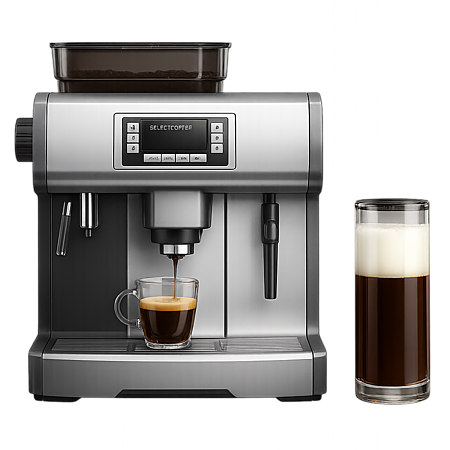
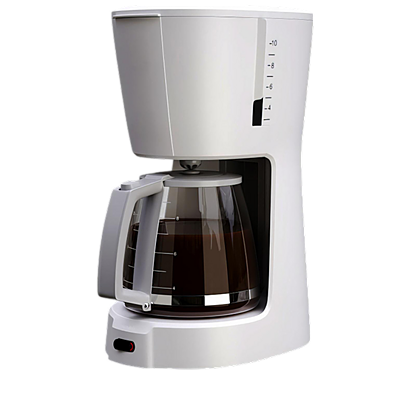
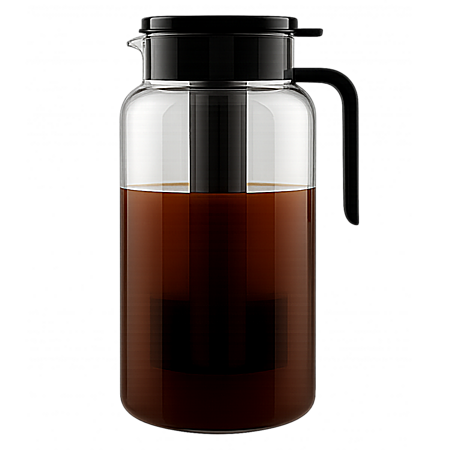
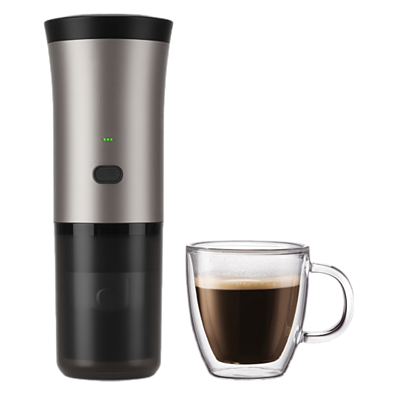
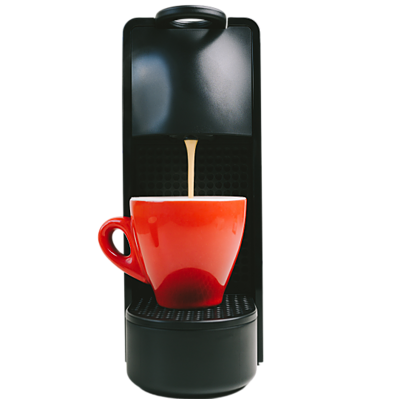
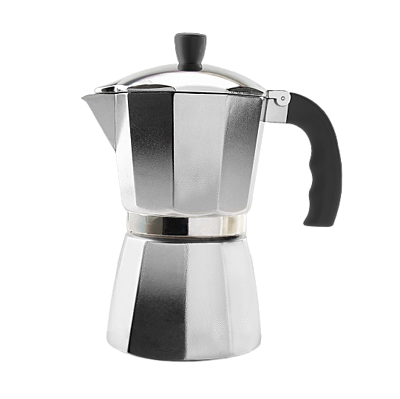
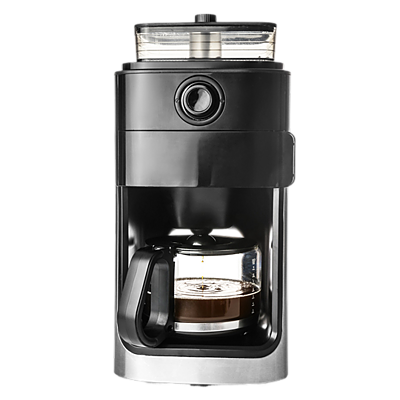
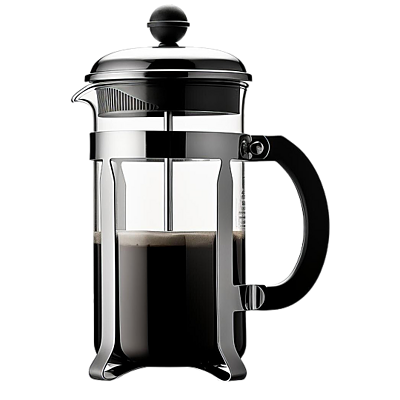
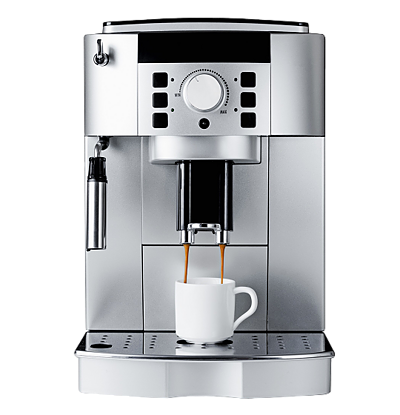
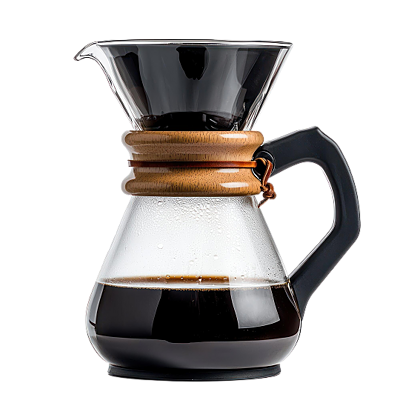







![COLETTI Bozeman Percolator Coffee Pot — NO Aluminum or Plastic [9 cup]](https://m.media-amazon.com/images/I/31Wxzktrx5L._SL500_.jpg)
